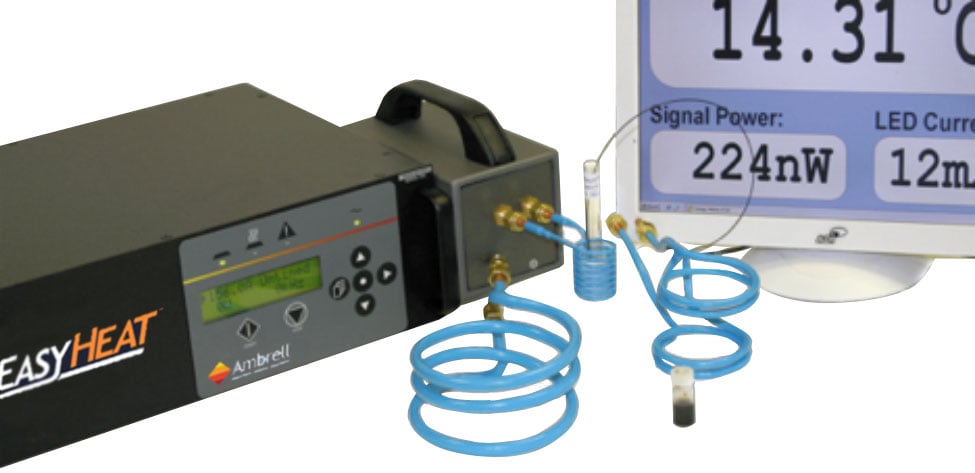Induction Forging Steel Rods to Stamp Saw Blade Handles
When it comes to many manufacturing processes, including this forging application, precision and efficiency are critical. Traditional heating methods...
Processes
Processes: More
Processes: More

Industries:
Industries: More
Industries: More
Industries: More

Products:
Products: More
Services:
Services: More

Learn:
Learn: More
About:


Induction heating, a process that uses electromagnetic induction to heat electrically conductive materials, is often thought of for large industrial uses. However, this technology has found a versatile niche within research labs and universities. It's not just about heating; it's about precision, speed, and control, making it an important tool in a researcher's toolkit.
Before diving into applications, let's recap the basics. Induction heating works by passing a high-frequency alternating current through an induction coil. This generates a fluctuating magnetic field, which induces eddy currents within the conductive workpiece placed inside the coil. These eddy currents, in turn, generate heat due to the material's resistance.
Researchers are drawn to induction heating because of several key advantages:
Here are some of the ways induction heating is utilized in research:
Materials Science:
Chemistry:
Physics:
Engineering:
Medical Research:
As research demands become more complex, induction heating technology continues to evolve. Advancements in power electronics, coil design, and control systems are leading to even greater precision, efficiency, and versatility. Expect to see induction heating playing an increasingly important role in cutting-edge research across scientific disciplines.
Induction heating, a process that uses electromagnetic induction to heat electrically conductive materials, is often thought of for large industrial uses. However, this technology has found a versatile niche within research labs and universities. It's not just about heating; it's about precision, speed, and control, making it an important tool in a researcher's toolkit.

When it comes to many manufacturing processes, including this forging application, precision and efficiency are critical. Traditional heating methods...

The busy fall tradeshow schedule continues, with Ambrell set to exhibit at two more events next week: WESTEC 2025 in Anaheim, CA and The Battery Show...

Toronto, ON | September 29 – October 2, 2025